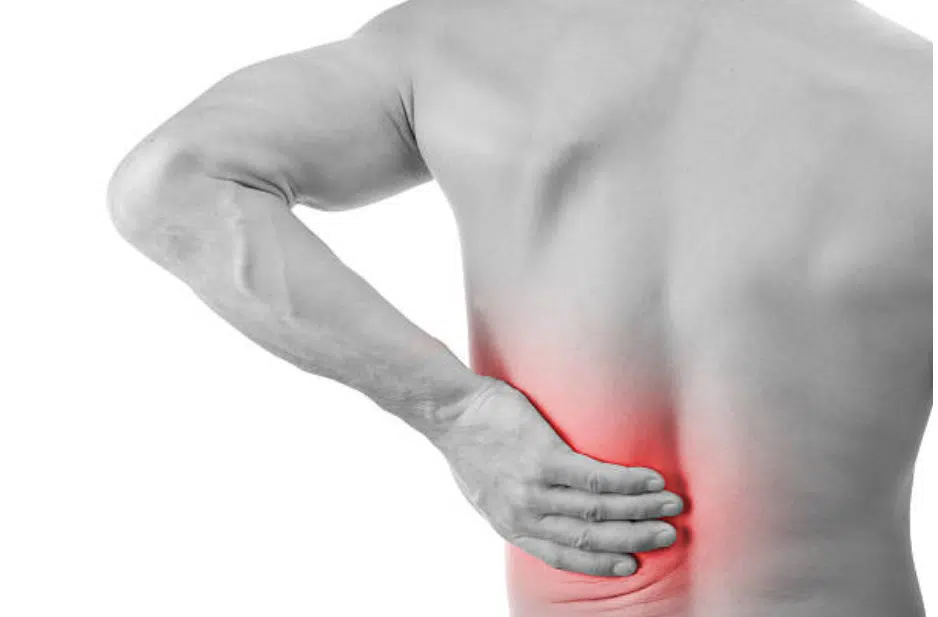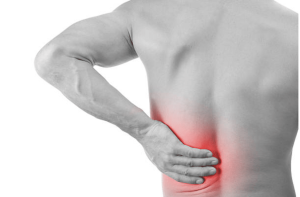
What Is Meant by “Non-Specific Low Back Pain”? With this term we refer to any pain localized in the lower back area—the so-called lumbar region—without radiating symptoms in the lower limbs.
Low back pain is probably the most common musculoskeletal condition worldwide, affecting men and women equally, with more than 80% of the global population experiencing it at least once in their lifetime.
Why “Non-Specific”?
With this term, researchers wanted to highlight that despite the many diagnostic tests often used (X-rays, MRI, CT scans, etc.), in the vast majority of cases there isn’t a single tissue or structure responsible for back pain. On the contrary, it is often the result of multiple contributing factors that gradually lead to the onset of the problem. In fact, many findings from diagnostic exams (such as protrusions, herniated discs, discopathies, or facet joint osteoarthritis) are nothing more than the natural signs of aging. Just as we get gray hair and wrinkles, our “internal tissues” also change over the years. This doesn’t necessarily mean that certain radiological findings must cause pain; very often the person is asymptomatic, and those tissue changes were likely present long before the symptoms appeared. Even when the pain we feel is very intense, as in the case of the so-called “lumbago” or “witch’s shot,” the natural course of this problem remains very favorable. Even without any treatment, simply by gradually returning to daily and work activities, scientific literature tells us that the pain usually disappears within 6 weeks of the acute episode. Therefore, there’s no need to worry if the initial symptoms are very disabling—it is completely normal, and only rarely is there an urgent need for diagnostic tests. The use of over-the-counter painkillers and/or anti-inflammatories in the acute phase is more than justified. During this initial period, moving a little—but several times throughout the day—can help keep symptoms under control. What matters is noticing that, day by day, you are able to do a bit more.What Are the Causes?
The most common predisposing factors that increase the risk of developing lower back pain are: sedentary lifestyle, high BMI, stress, inadequate sleep, and excessive strain.
As you may notice, so-called “poor posture” is not included among the predisposing factors. In recent years, the concept of posture has shifted from being “static” to a more “dynamic” one. Let me explain: if a person has a forward head position, rounded shoulders, and increased thoracic kyphosis, these aspects are not necessarily predictive or indicative of whether that person will experience or develop back pain.
What really matters for the healthcare professional is assessing whether the individual is able to perform certain movements (lumbar flexion-extension, thoracic and lumbar rotation, etc.). This provides a general understanding of how the person moves and whether there are areas that tend to be overused and others underused which, combined with the predisposing factors mentioned above, may contribute to back pain.



